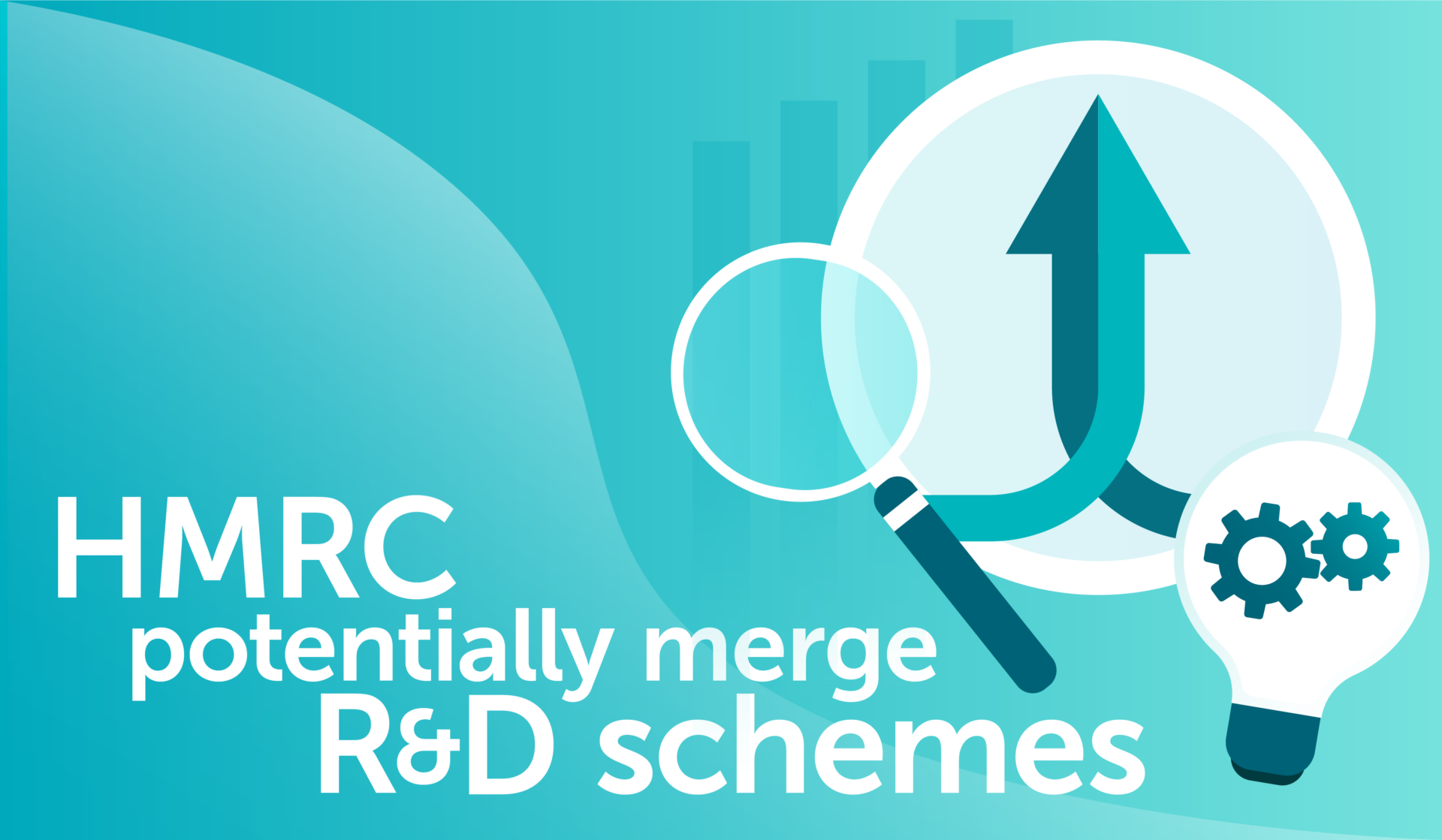
R&D Tax Relief – Updates 2023
R&D schemes before the changes in 2023
HMRC encourages innovation via two different R&D schemes, one for SMEs; SME scheme, and a separate one for large companies; RDEC. Pre-April 2023 the SME scheme enhanced R&D qualifying expenditure by 130%, so for every £100 spent, the company benefits from a deduction of £230 from their taxable profits.
This deduction may either decrease their profit, switch their profit to a loss, or increase an already loss- making company’s loss.
Where R&D has taken the company into a loss or increased their loss, the company can choose to surrender the loss to HMRC in exchange for a payable tax credit, which before April 2023 was at a rate of 14.5%. This tax credit is particularly common in start-ups and early-stage companies which have not yet made a profit and is a direct cash injection to the company.
The SME scheme has been subject to misuse and abuse, with HMRC dramatically increasing the number of compliance notices issued over the past 12 months, which has been widely covered by the media. It is widely perceived that this misuse has led to a review of the scheme.
Key changes introduced from April 2023
Rate changes:
From April 2023, the SME scheme additional deduction will reduce from 130% to 86% and the payable tax credit will decrease from 14.5% to 10%. The impact of these changes depends on whether your business is profit making, loss making or breaking even.
While the SME scheme is set to decrease from April 2023, the large company scheme, known as RDEC, where companies receive a taxable expenditure credit for qualifying R&D, is set to increase from 13% to 20%.
It could be perceived that these changes to both the SME and RDEC schemes are the early signs of reforming HMRC’s policy into a single scheme for small, medium, and large companies.
How will the rate changes affect claims?
SME Scheme – Although on the face
of it, the SME scheme tax benefit has been reduced, with the reduction of percentages to the cash credit and enhanced expenditure, as the tax relief is based on Corporation Tax, some of the reduction to the scheme will be mitigated by the increase in Corporation Tax rate to 25% (for businesses with profits over £250k) from April 2023.
We have calculated how SMEs will be affected from April 2023, taking into consideration the reduced enhancement to 86% and reduction in tax credit to 10%.
£100k expenditure example – SME Scheme (based on businesses with profits over £250k)
*for loss making businesses, the R&D scheme allows the company to surrender the lower of the total enhanced R&D expenditure (186%) or the loss arising in the period.
RDEC (large company scheme) – Businesses who fall into the criteria to claim under the RDEC scheme will see an increase to their tax benefit, with the taxable expenditure credit set to increase from 13% to 20%.
We have calculated how claims under the RDEC Scheme will be affected from April 2023, taking into consideration the credit increase to 20% and Corporation Tax increase to 25%.
£100k expenditure example – RDEC Scheme
Additional Changes & Requirements
1. From 8 August 2023, the mandatory requirement to submit more information ahead of the R&D claim submission via the Company Tax Return; CT600, this includes:
- a description of the R&D
- a breakdown of costs across qualifying categories
- the name of any agent or advisor who has helped to prepare the claim
- sign off from a named senior officer of the company.
2. Draft legislation has been published that introduces a higher rate of relief for R&D-intensive companies, where they are also loss-making.
Loss-making “R&D- intensive” SMEs will be able to claim for a more generous payable cash credit. The higher credit will be 14.5% instead of the current 10% for other SMEs. This equates to £27 per £100 spent on R&D, rather than just under £19 for other companies. “R&D intensive” SMEs will be deemed to be those that spend at least 40% of their total expenditure on R&D. This will apply to expenditure incurred on or after 1 April 2023.
3. Companies who have not previously submitted an R&D claim within a 3 year period, must now pre-notify HMRC of their intent to submit a claim within 6 months from the end of their accounting period.
4. The expansion of qualifying expenditure on software and consumables to include expenditure on data licenses and cloud services.
5. The extension to the scope of R&D relief to cover mathematical advances.
If you have any questions regarding any of the changes taking place to the R&D tax relief schemes, please don’t hesitate to contact us.
Get in touch using the details on the back of this flyer to find out how we can help.
(E) enquiries@advaloremgroup.uk (T) 01908 219100 (W) advaloremgroup.uk






